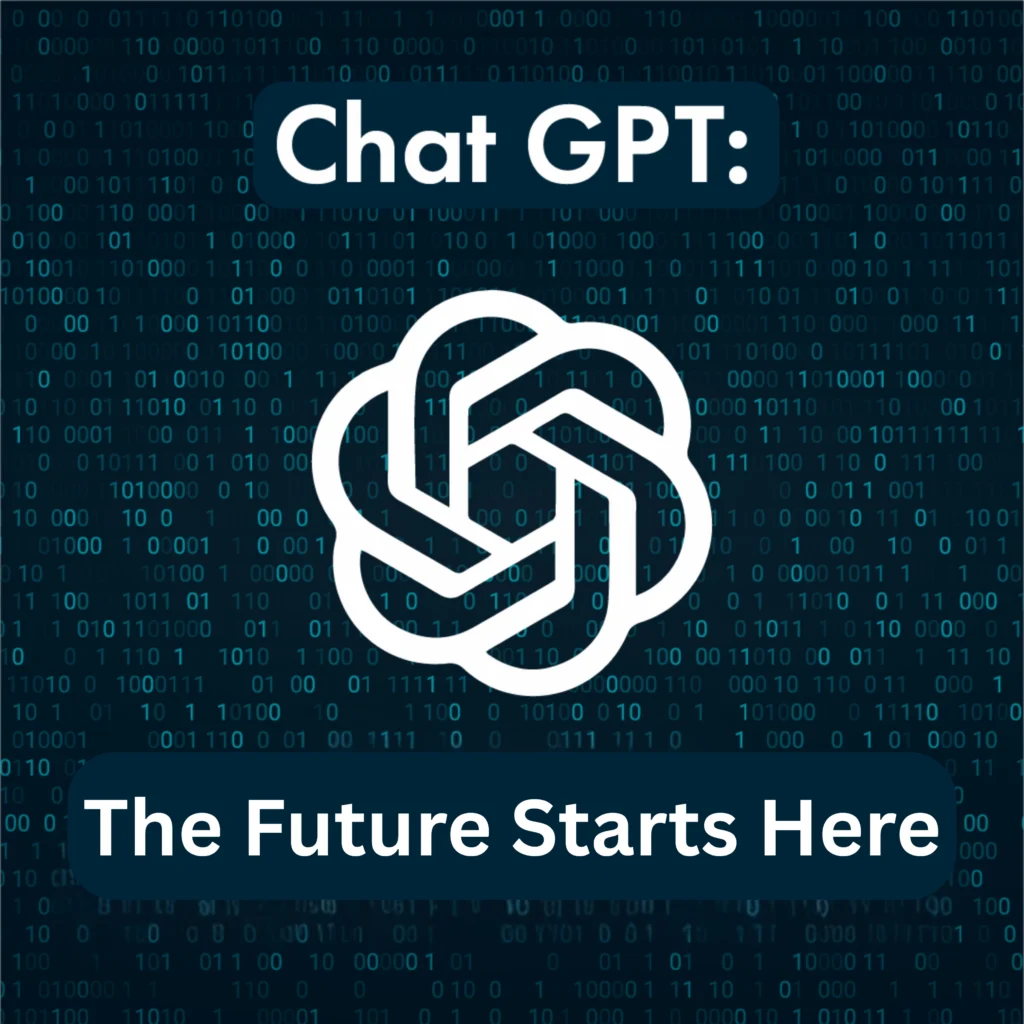
Artificial intelligence has entered a new era, thanks in large part to two major breakthroughs from OpenAI—GPT-4 and GPT-5. These models aren’t just smarter than their predecessors; they are actively reshaping how we use AI in daily life, business, and across industries. Whether you’re a developer building with AI, a marketer automating content, or simply curious about the future, understanding GPT-4 and GPT-5 is key to understanding where artificial intelligence is headed.
GPT-4: The Model That Changed the Game
GPT-4 marked a turning point in generative AI. While earlier models like GPT-3 impressed with their text generation abilities, GPT-4 introduced something new: true multimodal functionality. This meant the model could process both text and images, opening doors for use cases ranging from interpreting visual data to understanding diagrams and screenshots.
It also introduced a vastly larger context window—up to 128,000 tokens—which allowed the model to handle lengthy documents, extended conversations, or detailed instructions. This significantly improved its use in fields like legal research, academic writing, and long-form storytelling.
Core advancements of GPT-4 included:
- Multimodal input: Users could provide text and image prompts together.
- Improved reasoning and factual accuracy across benchmarks.
- Longer context retention for more coherent extended outputs.
- Better alignment with human intentions and safety protocols.
For many, GPT-4 became a daily tool—used in customer service, creative writing, coding, research, and content generation. Its ability to handle complexity made it the AI engine of choice for professionals across disciplines.
Enter GPT-5: Smarter, Contextual, and Human-Aware
While GPT-4 set a high bar, GPT-5 represents a shift in how AI models understand, interact, and respond. The leap from GPT-4 to GPT-5 isn’t just about power—it’s about persistence, adaptability, and contextual awareness.
One of the most notable upgrades in GPT-5 is memory. The model can remember facts from previous interactions, adapt to user preferences over time, and carry context across sessions. This enables a new level of personalization in AI—making it feel more like an assistant and less like a chatbot.
Here’s what GPT-5 brings to the table:
- Persistent memory that evolves based on your interactions.
- Improved multimodal abilities, potentially including video and audio understanding.
- Agent-like behavior, allowing it to plan and execute multi-step tasks independently.
- Stronger safeguards to avoid harmful or biased outputs.
GPT-5 is not just a language model—it behaves more like a virtual coworker or assistant. It can proactively recommend next steps, understand tone and nuance, and help users make decisions or carry out goals with limited guidance.
How GPT-4 and GPT-5 Are Impacting Industries
The practical impact of these models is already being felt across sectors. They are not just theoretical improvements—they are real tools being used right now to boost productivity, automate workflows, and inspire innovation.
In healthcare, GPT models are being used to summarize patient notes, draft medical documents, and even support diagnosis by cross-referencing symptoms with medical literature.
In education, AI-powered tutors based on GPT help students learn complex topics by simplifying explanations, offering real-time feedback, and even generating quizzes or lesson plans.
In software development, GPT-based tools assist in code generation, documentation, debugging, and learning new frameworks—all through natural language queries.
In marketing and business operations, GPT-4 and GPT-5 are used to generate social media content, draft blog posts, analyze customer data, and automate email workflows—saving hours of manual labor.
In creative industries, writers, filmmakers, and designers use GPT to brainstorm ideas, develop scripts, build mood boards (with image input), and collaborate on creative writing projects.
The Future of Human-AI Collaboration
With GPT-5’s persistent memory and adaptive behavior, AI is beginning to feel more like a collaborative partner than a mere tool. For example, imagine an AI assistant that remembers your tone of voice, knows your calendar, drafts responses to emails based on your style, and even anticipates questions you haven’t asked yet.
These are no longer science fiction scenarios—they are within reach. Multimodal AI will soon be capable of interpreting voice commands, reacting to video input, or even analyzing your emotional tone in conversations.
This signals a shift from reactive AI to proactive AI—models that not only follow instructions but help you shape them, prioritize them, and accomplish them efficiently.
Ethical Responsibility and Safety First
As powerful as GPT-5 is, the importance of responsible use cannot be overstated. With increased capability comes increased risk—from misinformation to privacy concerns and potential misuse.
To address this, OpenAI and others are actively improving AI alignment techniques. GPT-5 features stronger content filters, better user feedback integration, and more transparency about what it knows and how it responds. Yet, it’s up to users, developers, and regulators to ensure AI is deployed ethically.
Conclusion: We’re Already Living the Future
GPT-4 brought AI into the mainstream. GPT-5 is turning AI into a collaborative partner. Together, they represent the biggest shift in how we communicate with machines—and how machines understand us.
From transforming industries to empowering everyday users, these models are changing the way we work, learn, create, and interact. As we step further into the AI era, the real opportunity lies not just in what GPT-4 and GPT-5 can do—but in how we choose to use them.
Whether you’re building with AI or just learning to integrate it into your workflow, one thing is clear: the future of AI isn’t coming. It’s already here.

